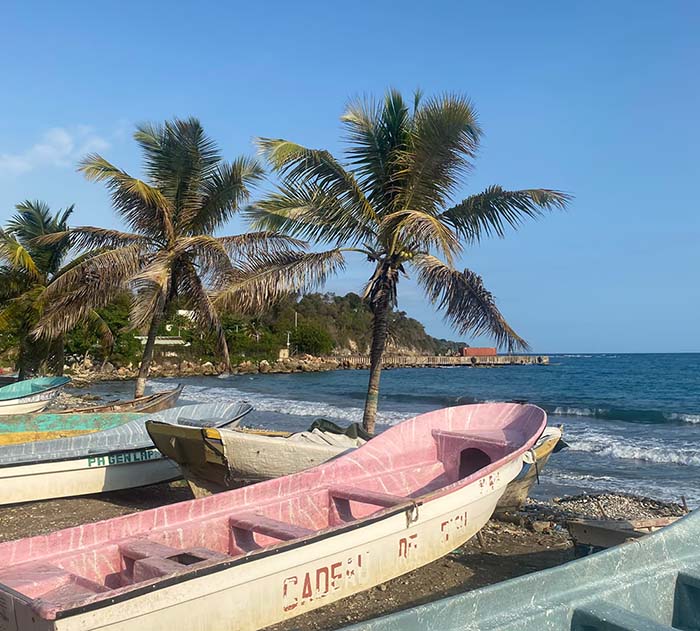Let’s start with an introduction. What’s your role with Plan International Canada, and what was the purpose of your deployment?
Through all of this, the people of Haiti have demonstrated immense resilience – and, as Plan International Canada program manager Valériane Schwall witnessed, deep pride in their culture while calling for the return of a peaceful and safe Haiti.
In April, Schwall spent four weeks in Haiti on deployment from the Canadian office, working alongside colleagues from around the world, including El Salvador, Ecuador, Rwanda, the Netherlands and England. She sat down with us to share her experience:
Donate
Lettycia's Story
Give Today
Learn more
Madan Sara Official Trailer
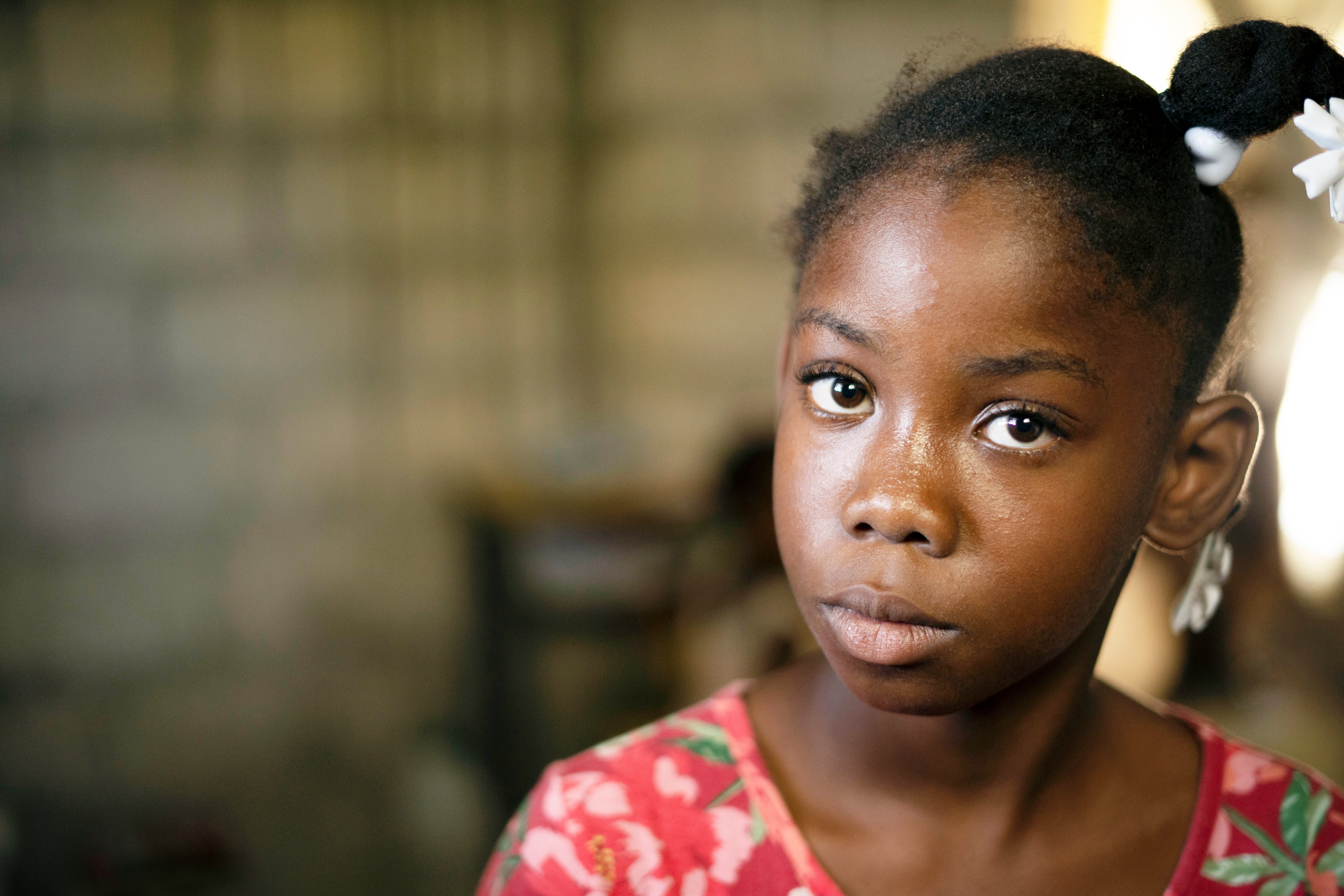
Dispatch from Haiti
Interview by Jess Czarnecki
Design by Man Greig Farin
Reading time: 8 minutes

The small island nation of Haiti is mighty. The country and its people have stood strong against strife, stemming back to its early days of colonization. But recently, climate-related disasters, epidemics, gang violence and civil unrest have generated a series of overlapping crises.
In 2010, a magnitude-7.0 earthquake hit the capital, Port-au-Prince, causing unprecedented damage to the city and affecting a third of the country. While people were still recovering and rebuilding from that, Hurricane Matthew swept the island in 2016, leaving 200,000 families homeless and destroying crops just before harvest season.
The COVID-19 pandemic and the ensuing lockdowns in 2020 further exacerbated income loss and food insecurity in Haiti. A year later, the assassination of President Jovenel Moïse escalated the violence and civil unrest that were already brewing due to political mistrust. Inflation soared.
And five weeks after Moïse’s assassination, in August 2021, a magnitude-7.2 earthquake devastated the western side of the Caribbean country.
These compounded events have made Haiti one of the hungriest places on Earth. High food costs, crops damaged due to climate disasters and continuous hits to the economy and social infrastructure have made it nearly impossible for children and families to keep food on their plates.
Donate
Haitian women called the Madan Sara have created an informal economy to keep food and essentials moving from farms to markets during a hunger crisis.
The Situation in Haiti
Answer
QUESTION
I’m a program manager with the Emergencies and Humanitarian Assistance team. I’ve been with Plan International Canada for five years, and this was my first deployment.
I was deployed as an information management officer along with five other staff members from different offices across Plan International. We were sent as part of the global hunger crisis response to help increase awareness about the urgent situation in Haiti that isn’t receiving much media coverage anymore.
We were also there to support our Plan International Haiti colleagues. Because they’ve been responding to crisis after crisis since 2010, it has been very difficult for them to sit down and share with the world what is happening in their country. It has also been challenging for them to write funding proposals to help support their response to the ongoing crises.
Where in Haiti were you?
We spent our first three days in the Dominican Republic for security training, followed by three days in Port-au-Prince while we waited for a flight to Jacmel, where we were based. Jacmel is a fairly small city. It’s very quiet, calm and colourful. I personally felt very safe there. The violence and unrest are mostly concentrated in the capital; the atmosphere is very different in other parts of the country.
Answer
QUESTION
I was aware of the current situation in Haiti. Before my departure, I had received the latest security country update and latest security plans. Jacmel is not directly affected by insecurity and gang violence, unlike Port-au-Prince. Still, we had strict security rules to follow, like a 7 p.m. curfew. We also had to follow basic security tips, such as remaining alert at all times and locking car doors while you’re inside. It was also important that we not fall asleep during car rides.
The situation in the capital has negatively impacted tourism, especially in Jacmel. Gangs are controlling the main roads to the north and south of the country, so driving on those main roads is absolutely not recommended due to the risk of being attacked or kidnapped.
I heard from my Plan International Haiti colleagues and hotel staff that Jacmel used to be an extremely lively city; there was a huge cultural life there. People would drive from the capital to visit Jacmel for the weekend to gather with their families on the beach and go to concerts, restaurants and cultural events. Now, hotels are sitting empty.
Answer
Were you aware of the conflict and unrest?
QUESTION
Going to the grocery store on different days, it would always be a surprise what you could or couldn’t get. One day the bread section would be completely empty, and the next day the yogurt and cheese section would be empty. You just wouldn’t know when it would be refilled.
Answer
Did you notice the effects of food insecurity?
QUESTION
The informal economy is widespread in Haiti, and it’s mostly driven by women. It’s a way to get things for everyday life – food, clothing, shampoo – that have become so expensive in supermarkets at a lower price. Because of inflation, people aren’t able to keep up.
The women in charge, called Madan Sara (Madame Sara), ensure food and goods get from the farmers [or source] to the markets. They make the transactions, they collect the food, and they travel and distribute it to different markets to make sure the goods are sold.
The job of the Madan Sara is very risky. They travel alone for long distances and risk being robbed, and they work long hours. Because it’s the informal economy, there’s nothing to protect them … but they’re actually considered one of the pillars of the Haitian economy.
What was something you learned during your time in Haiti?
“If the Madan Sara does not go to work, the city does not eat,” writes Haitian filmmaker Etant Dupain in his illuminating piece about the women who are the backbone of the Haitian economy. The Madan Sara are merchants who carry goods like food from local sellers to marketplaces. Their journeys are often long and treacherous; they travel on public transportation or on top of beaten-down trucks along unsafe roads to deliver their products.
The Madan Sara are motivated by wanting to provide better lives for their children and families. Dupain is a shining example of the success that can stem from this precarious role: His mother’s work as a Madan Sara afforded him an education, and he is now a well-known filmmaker who speaks five languages.
As Haiti endures a dire hunger crisis and soaring inflation, the Madan Sara have become all the more vital to feeding people and to the economy, by keeping prices fair and stimulating the local market. “If today Haiti is still surviving,” writes Dupain, “it is mainly because of the self-sufficiency of various economic sectors, and the direct participation of the Madan Sara.”
There were a couple of Plan International Haiti colleagues who lived in Port-au-Prince and were staying in the same hotel as me while they visited program activities in Jacmel. We would share meals together at the hotel and that’s when we had the best conversations, so I got to better understand the day-to-day life in the capital. My colleagues were scared about the situation back home in Port-au-Prince. I could feel their fear – they were stressed about the logistics to get home, because they would have to drive through unsafe areas that are controlled by gangs. The fear of getting kidnapped is everywhere in conversations.
Answer
What did you hear from your colleagues in Haiti about their experiences living through the conflict?
QUESTION
I was surprised by how openly Haitian people talked about the unrest in Port-au-Prince. They spoke about how dramatic the situation is without me asking, how bad the insecurity is and how violent things are. It made me realize that everyone, even people not living in the capital, is deeply affected and feels a personal connection to Port-au-Prince because they were either born there or grew up there or still have family or friends there.
On the other hand, people are also very open to showing the world that Haiti is more than just gang violence and crimes. They wish to share an image of Haiti as a beautiful country, with charming cities, traditional Haitian food and cultural events, and gorgeous beaches. The country has a very rich and interesting history: Haiti became the world's first Black-led republic and the first independent Caribbean state when it threw off French colonial control and slavery in the early 19th century. This history is reflected in the Haitian Creole language, predominantly spoken by the Haitian people and one of the country’s official languages, alongside French. Haitian Creole has influences from the French, West African, Spanish, Portuguese and English languages.
Answer
What surprised you throughout your deployment?
QUESTION
Haiti and its people have so much to offer; there’s so much to discover and learn from this country. But the situation in the capital is really paralyzing them and isolating them from the world.
Like so many other people, the idea that I had of Haiti was very much influenced by the terrible images I saw in the media from Port-au-Prince. But then you go there and you realize it does not do Haiti justice to assume that Port-au-Prince represents the entire country. You can find extremely peaceful and beautiful places outside the capital where it feels very safe and where people are living free from violence.
Haiti sincerely stole my heart in the very little time I was there. I hope that people will get to experience this beautiful side of Haiti that the Haitian people want to share once the country is able to return to a situation of stability and peace.
Answer
Is there anything else you’d like to share?
QUESTION
1
2
Some deployed Plan International team members from around the world meet for the first time in Port-au-Prince with colleagues from Plan International Haiti.
Lorem Ipsum tktktkt tktktktkt tktktkt tktktkt tkttktktk tkttktk tktk
4
The empty bread section of a grocery store in Jacmel.
The yogurt and cheese section at a Jacmel grocery store sat bare on different days.
5
Lorem Ipsum tktktktkt tktktktk tktktk tktktkt tktktk tktktk tktkt
watch
Madan Sara
Who are the Madan Sara of Haiti?
Close
6
7
Lorem Ipsum tktktktkt tktktktk tktktk tktktkt tktktk tktktk tktkt
8
Breezy views from the beaches in Jacmel.
This interview has been edited and condensed for clarity.
Hunger affects 10-year-old Lettycia’s life every day in Haiti. Read her story and find out how you can help her and millions of children who are hungry in Haiti.
This Nutritious Gift
Give a Gift of Hope: Basket by basket, this nutritious gift will deliver staple foods like beans, cooking oil and fortified cereals to families facing emergency levels of starvation.
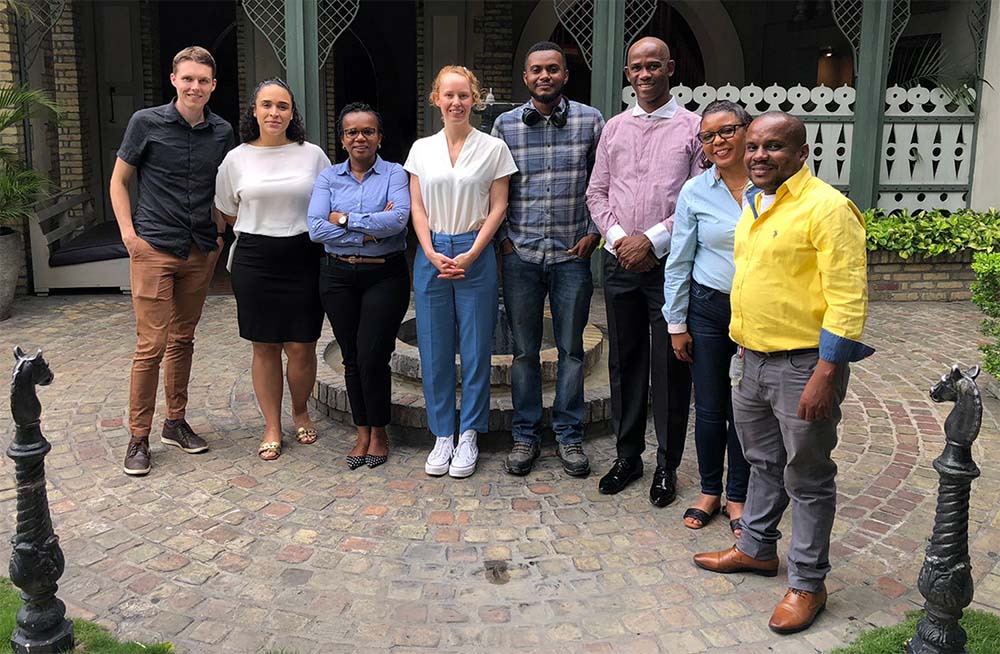
Answer
QUESTION
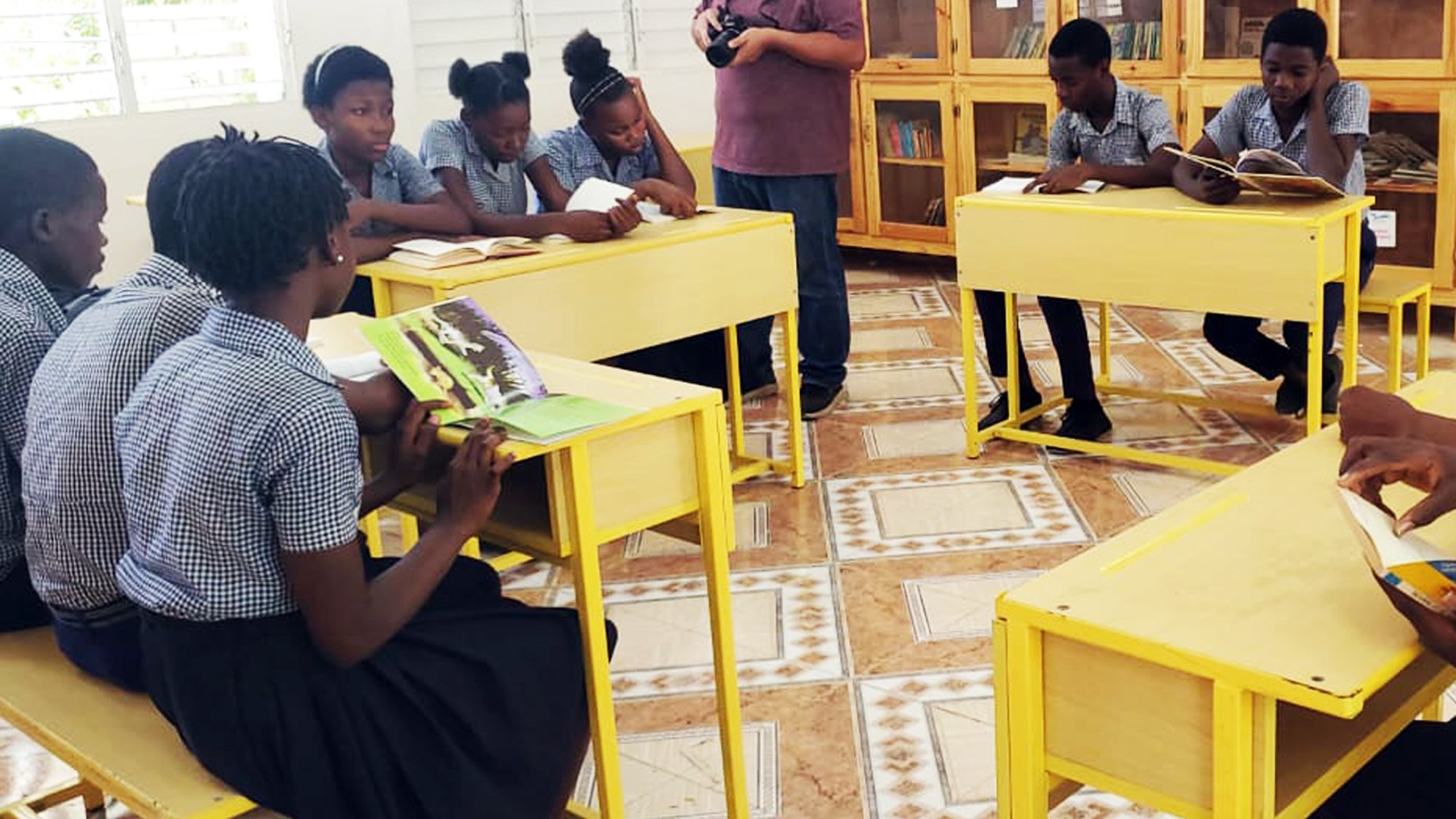
Valériane Schwall (centre) and her Plan International Haiti colleague preparing hygiene kits containing items such as soap, menstrual pads, toilet paper and deodorant.
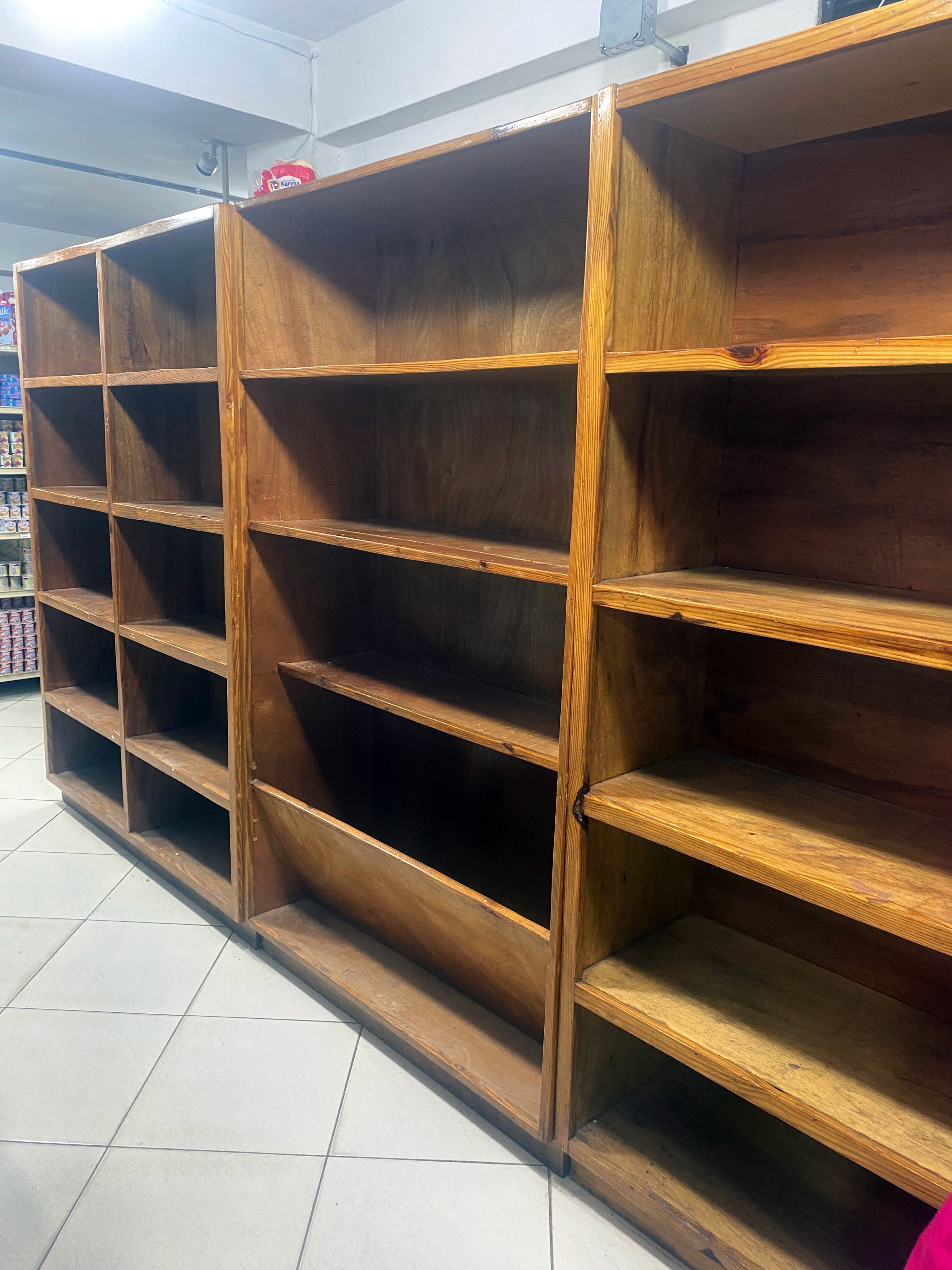
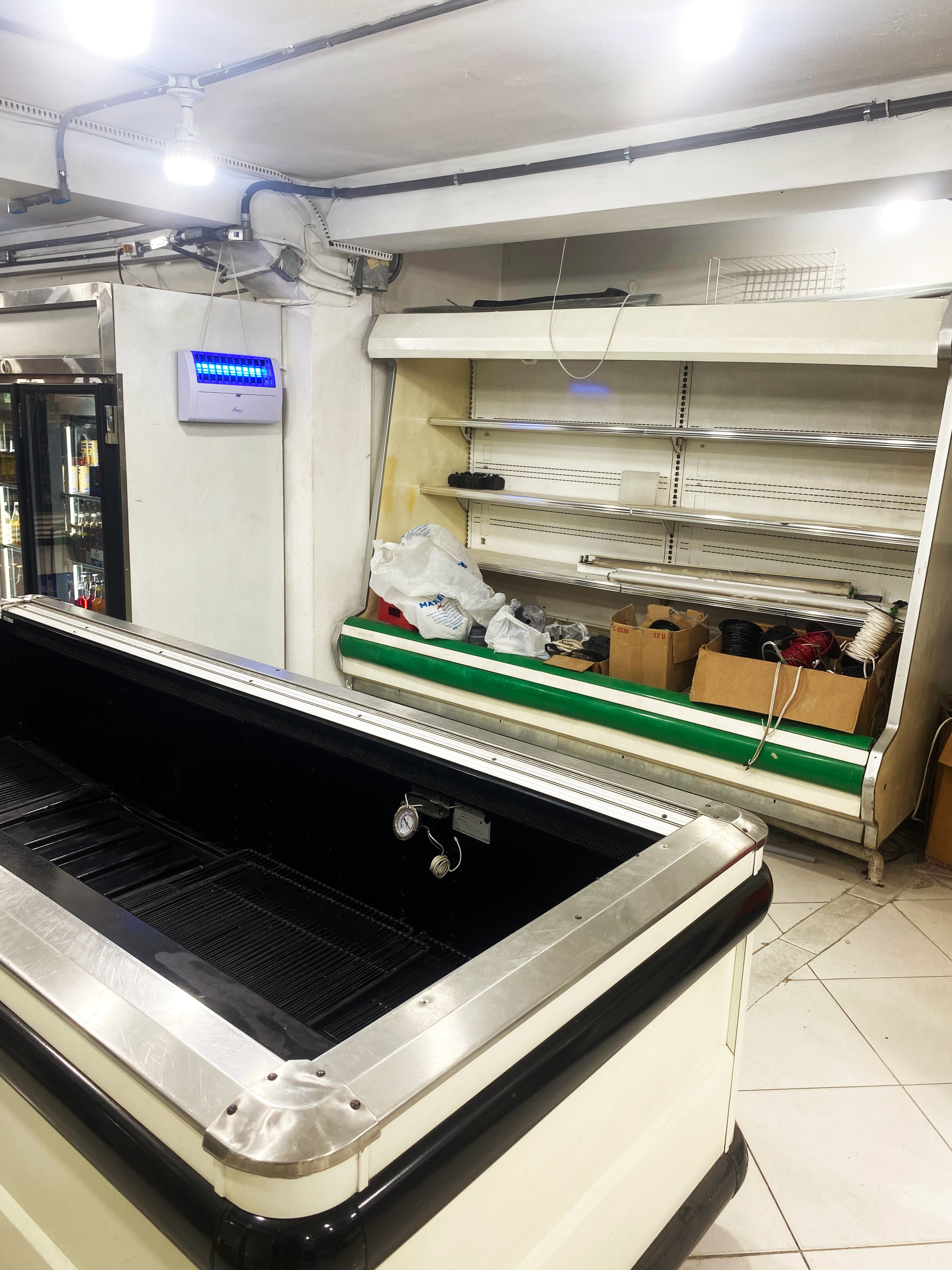
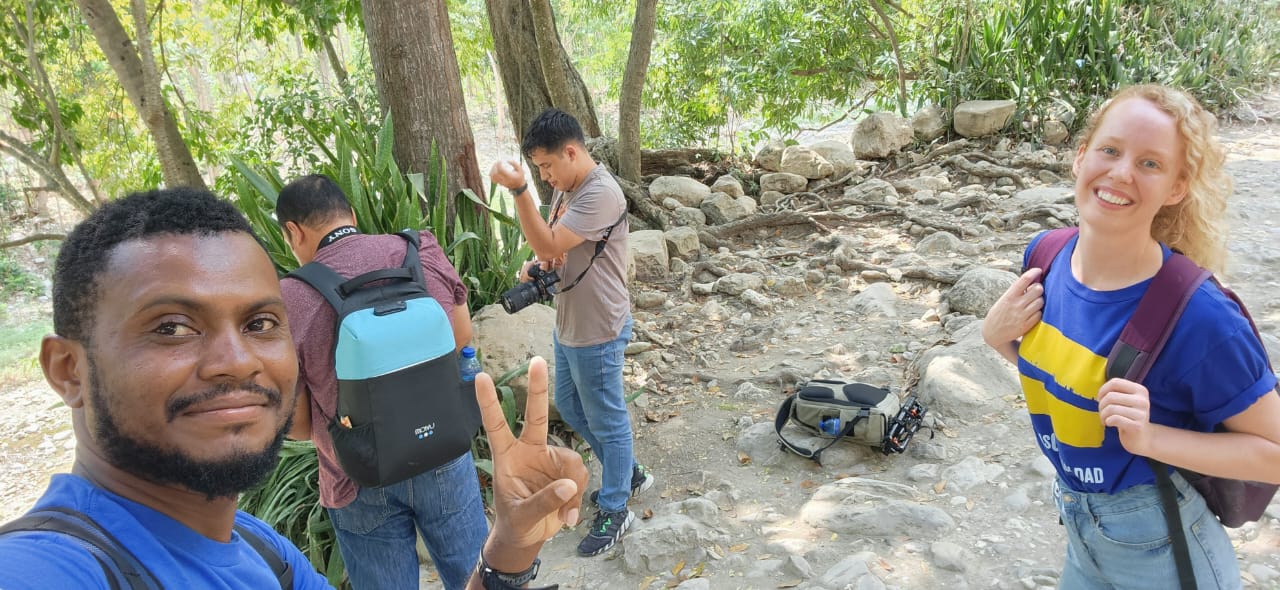
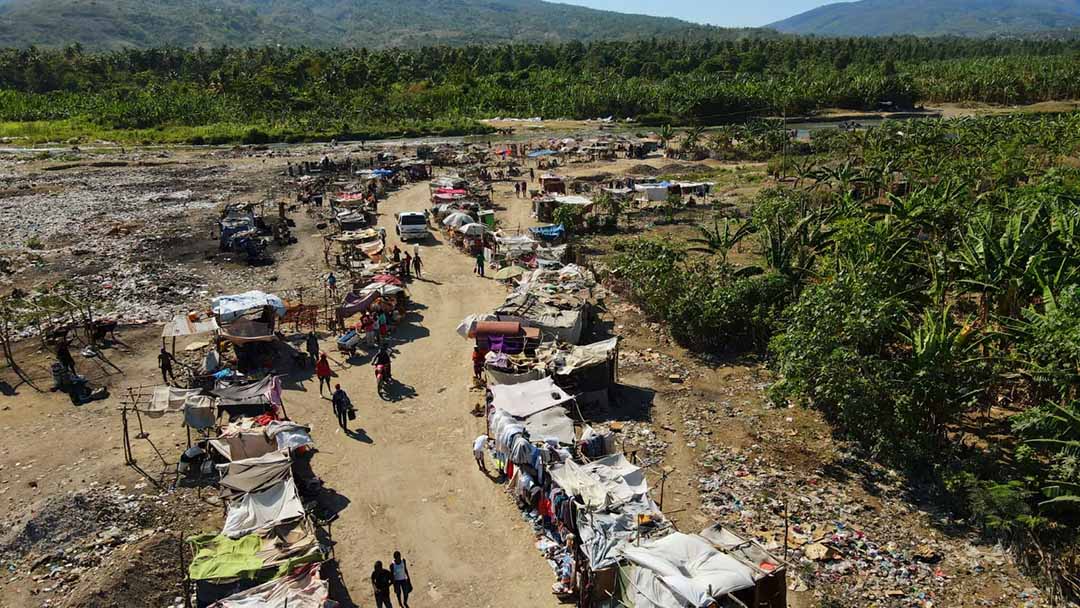
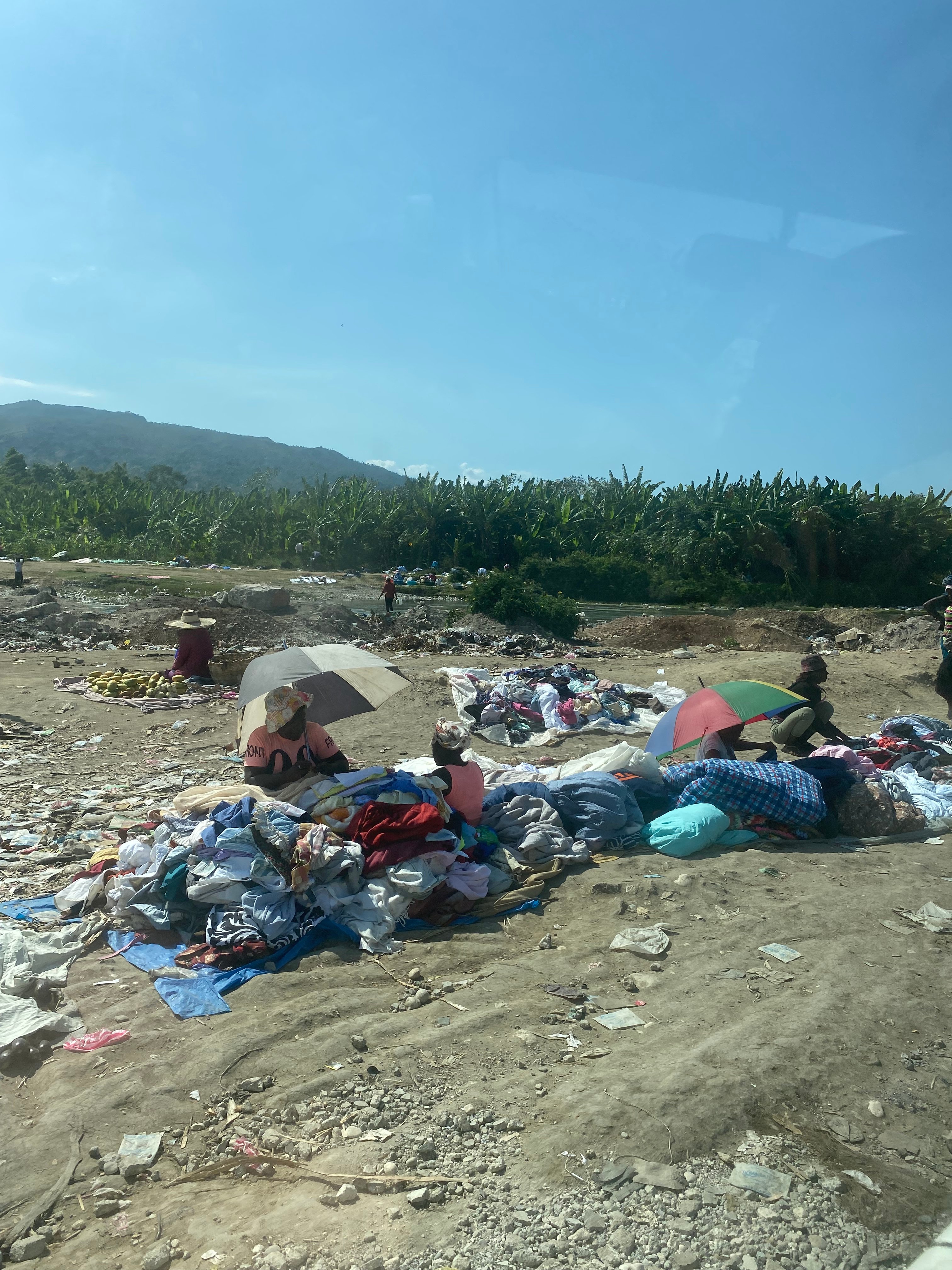
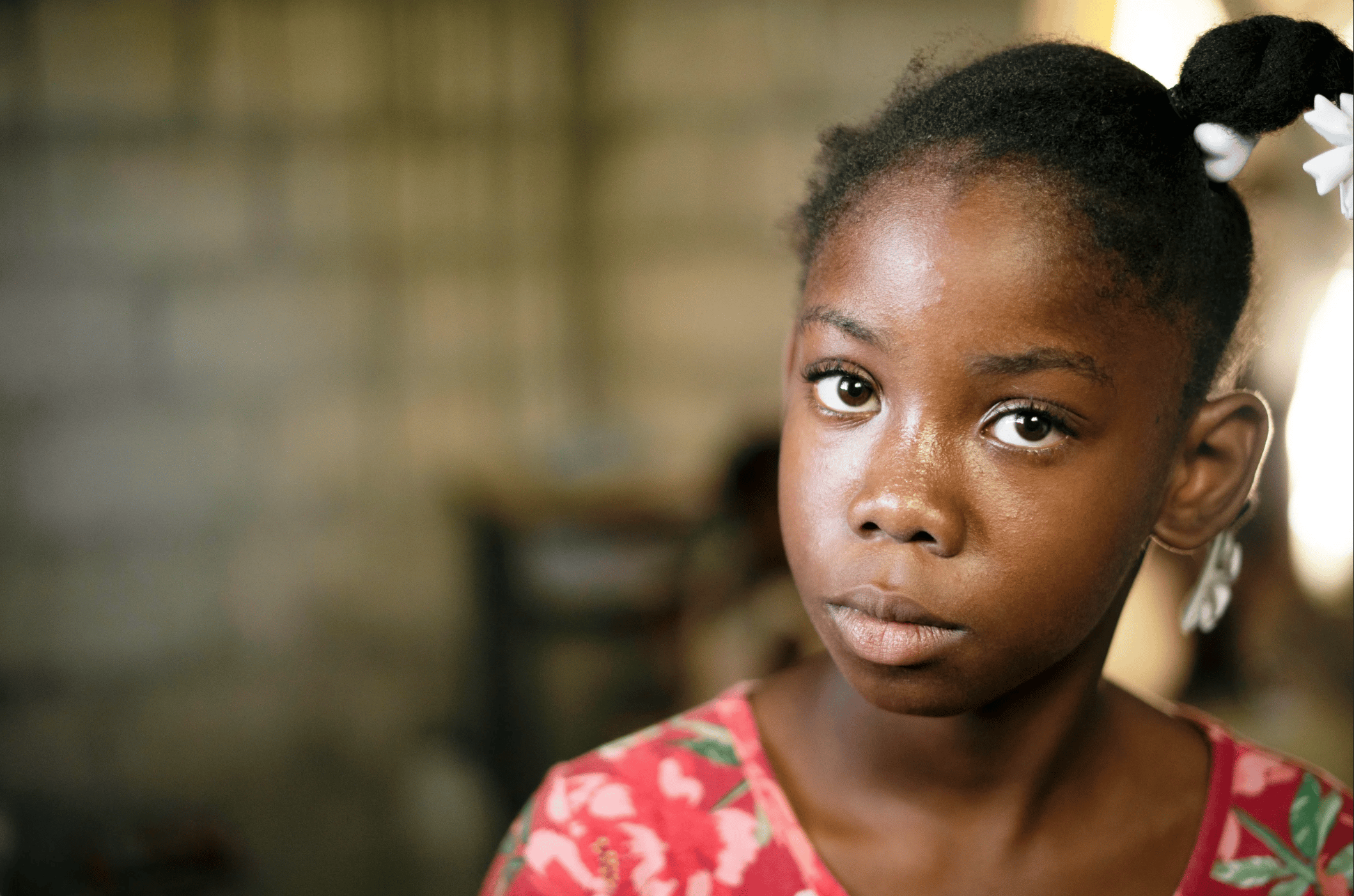

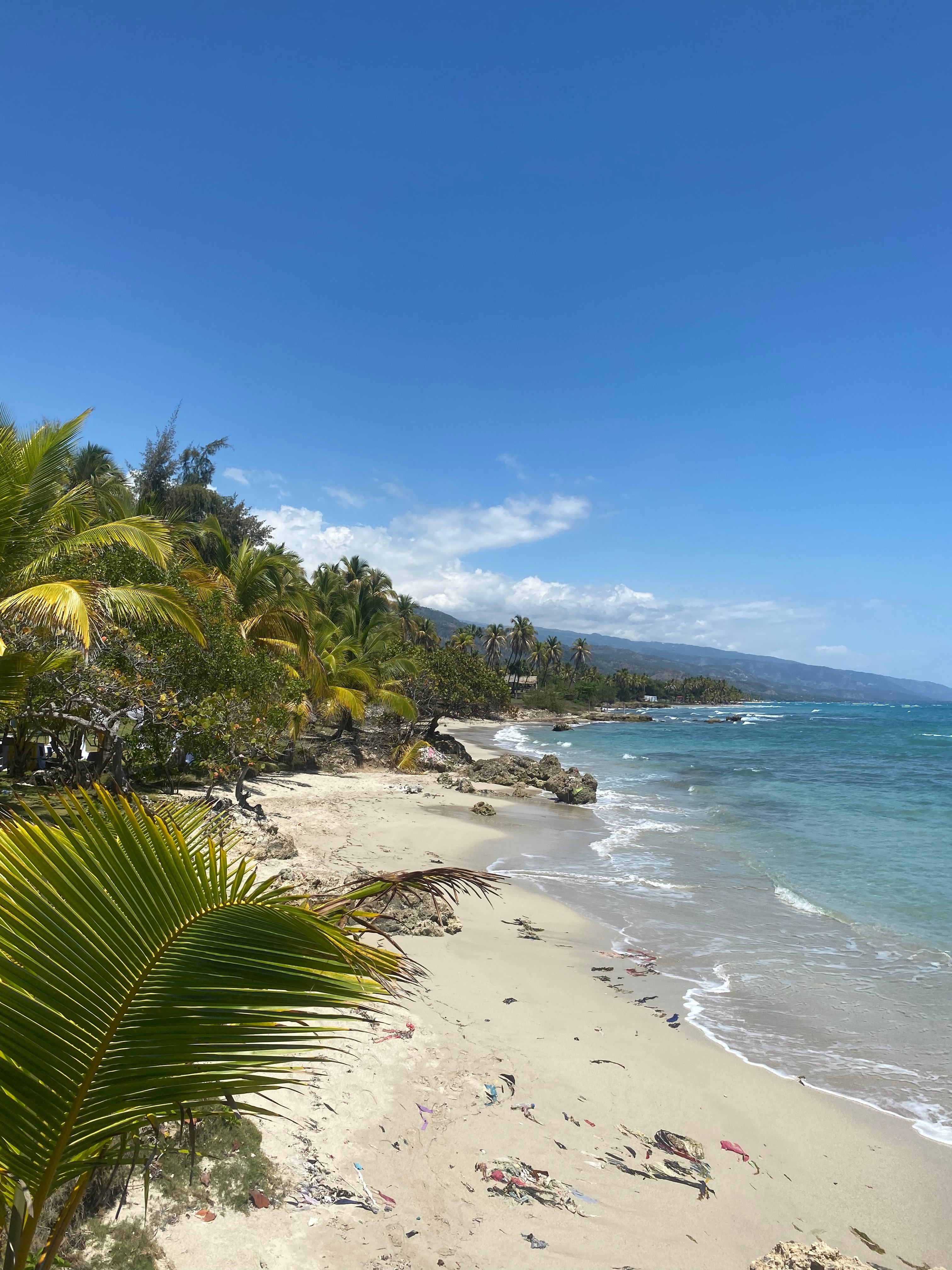
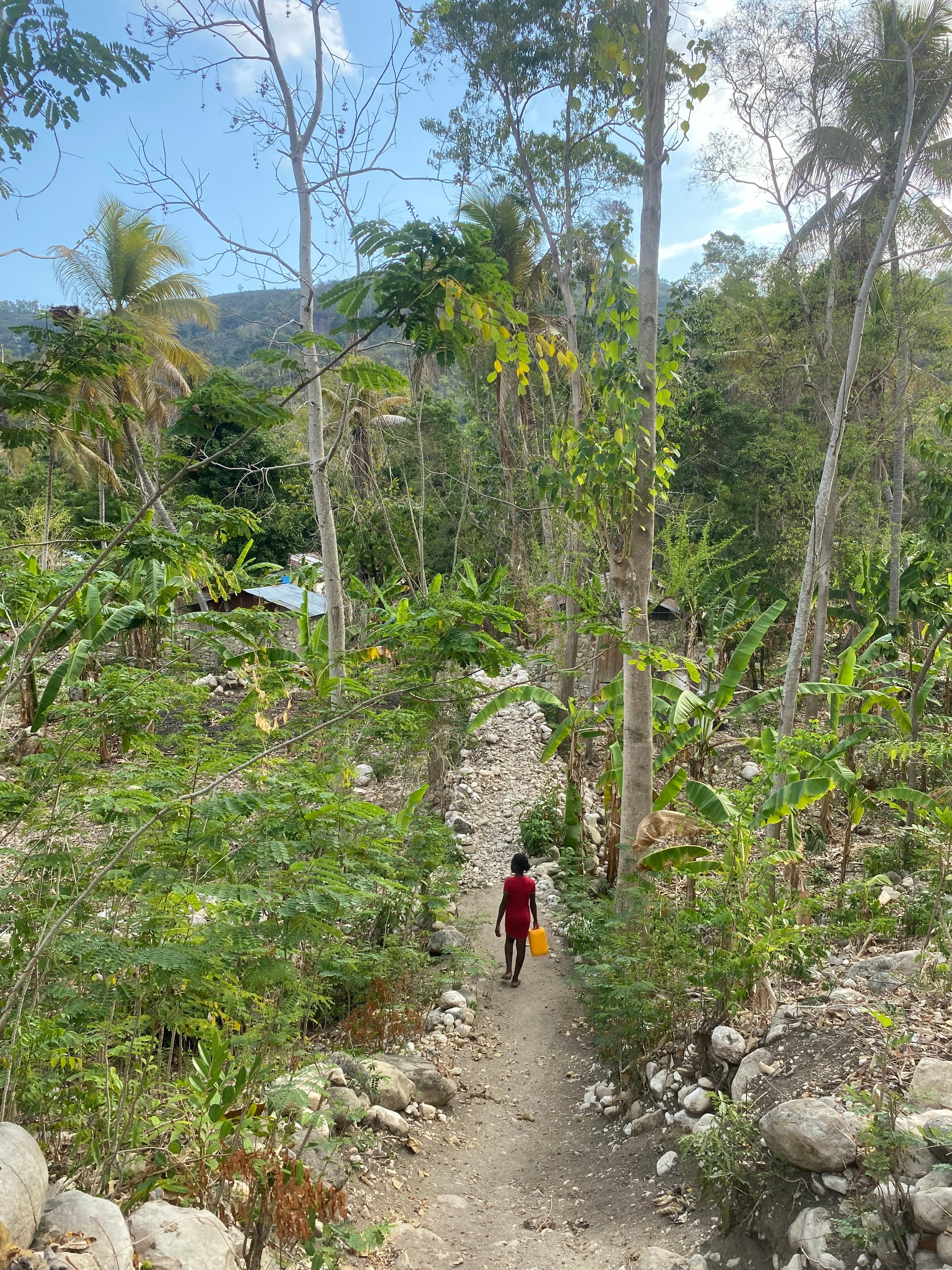
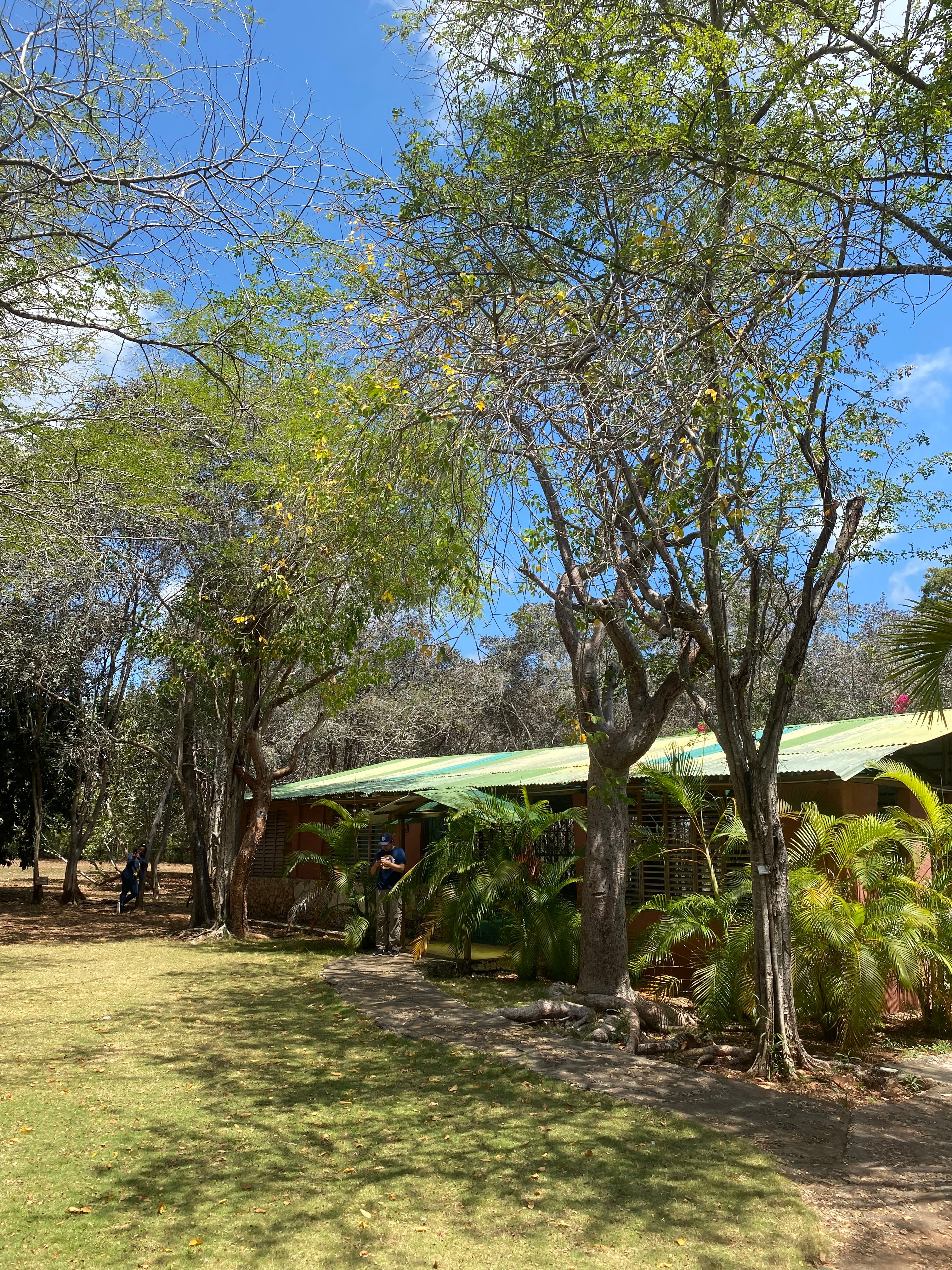

A view of the informal market near Jacmel, where the Madan Sara sell their goods.
